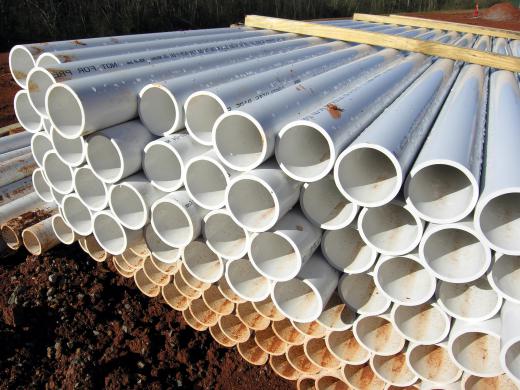Many boats and recreational vehicles (RVs) are equipped with macerator pumps which are essentially compact, electrically powered waste elimination systems. A macerator pump grinds solid toilet waste into small particles for easier discharge either overboard in the case of marine applications or into holding tanks on RV’s. With their minimal use of space, macerator pumps are ideal for the often small and cramped interiors common to boats, campers and even some smaller houses or cottages. Using the water from the flush, a macerator pump, or simply macerator, combines the water with the suction, chopping and pumping action of rapidly rotating impellers to grind and then discharge the effluvia. The impellers are often made from bronze since it will not rust and is sturdy and easier to manufacture.
The dictionary definition of macerating is making or becoming soft through steeping in liquid. Therefore, a macerator pump will combine this steeping with the grinding or cutting process to significantly reduce solid waste into particles small and soft enough for convenient and sanitary discharge. Waste is sucked by and through the grinding impellers from the larger lines or hoses, usually 1.5 inches (38mm) or 2 inches (51mm), needed to allow the passage of solid waste. The resulting vapor is then pushed into 1 inch (25mm) lines and forced from the pump into the proper receptacles. Installing a macerator on the input side of a toilet means that the pump will require less water, a significant factor in RV configurations, especially those with a single small holding tank.

Macerator pumps should not be confused with Type I and Type II Marine Sanitation Devices (MSD) which utilize electrolytic decontamination (Type I) and a chemical reaction (Type II) to eliminate or decontaminate waste. All such systems and devices may be subject to a variety of regulations.
Because a macerator pump is used primarily where 120v electrical current is unavailable, it is most commonly powered by 12v DC current from an automobile battery. A macerator pump is fairly easy to install and replace by the average user. Simple tools such as a pair of pliers, screwdriver, wire cutters and strippers will do the job.
Inlet lines, those that feed solid waste into the macerator pump, must be rigid pipe such as PVC or wire reinforced, flexible hoses. These lines must be able to withstand the suction of the macerator pump without kinking or collapsing. Outlet lines, because they are handling macerated, forced-discharge waste, do not necessarily have to be rigid or reinforced. All waste water lines to and from macerator pumps, as well as fittings and connections, ought to be checked frequently for leakage and wear.
